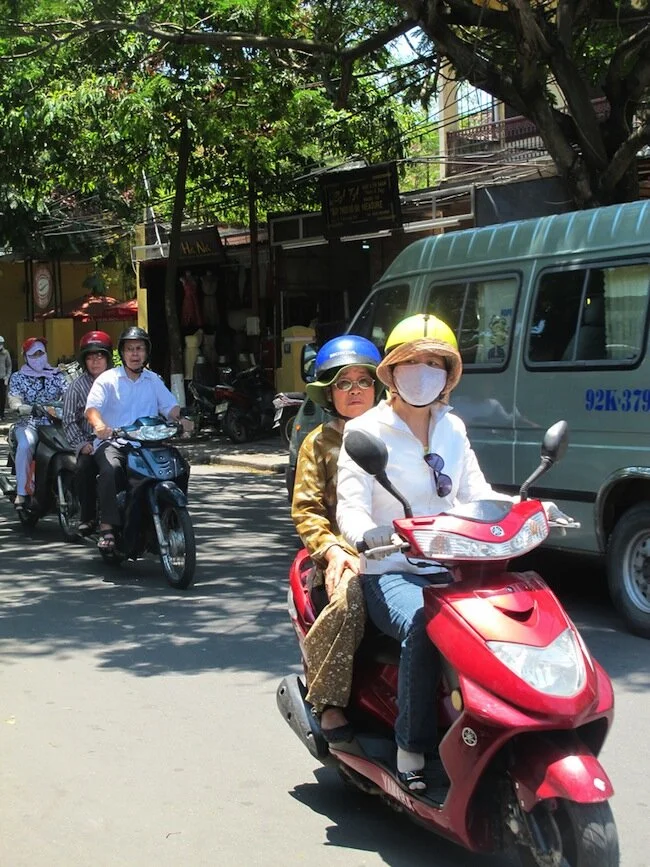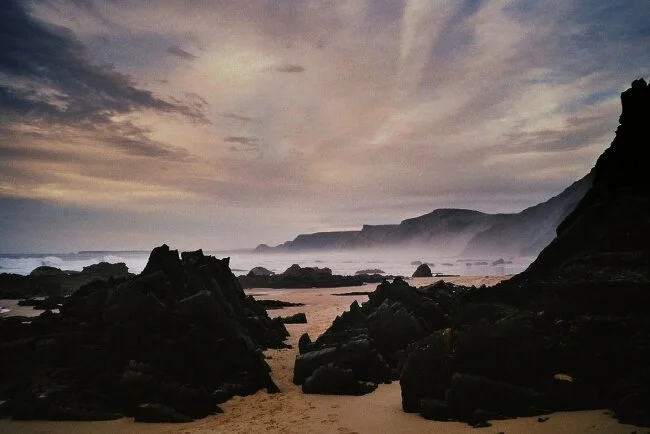by B.J. Stolbov
Pagudpud is not a promising name for a beach town.
Boracay – now that’s a great name for a beach town. Boracay is an island between the Tablas Strait and the Sibuyan Sea in the Visayan Islands of central Philippines. This is the place where people, many foreigners, go when they want to go to a beach. Here are white sandy beaches and deep blue waters, planted coconut palms and scheduled ferries, harbors for sailboats and large yachts, expensive hotels and designer resorts, gourmet restaurants and fast-food joints, beautiful women in tiny bikinis and handsome shirtless men, hot sunny days and wild drunken nights, 24-hour bars and all-night discos, music, singing, laughing, fun, affairs, romance, sex, secrets, exciting evenings, and, maybe, a regret-filled morning. Boracay.
 Boracay Beach at Dusk/ Flickr.com
Boracay Beach at Dusk/ Flickr.com
Pagudpud sounds like one of those small, lost towns in northern New Jersey. Pagudpud is a small, lost town in northern Ilocos Norte. It is the most northern town in the most northern province on the northern island of Luzon. From Manila, it’s a 10 to 12 hour bus trip. But when Filipinos want to get away, they go to Pagudpud.
Pagudpud is a tranquil, isolated town nestled between the South China Sea and the Cordillera Mountains. Protected by the mountains, few storms threaten up here. The weather is warm, but not hot. The ocean is clear, blue, and unpolluted. The fishermen, in their hand-built boats, are out early in the mornings, tending their nets. Long-winged seabirds fly low over the water. Wavelets splash lightly on the shore. The beaches are pristine, unspoiled, and almost all white sand. These beaches are some of the most beautiful in all of the Philippines.























